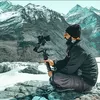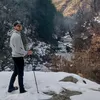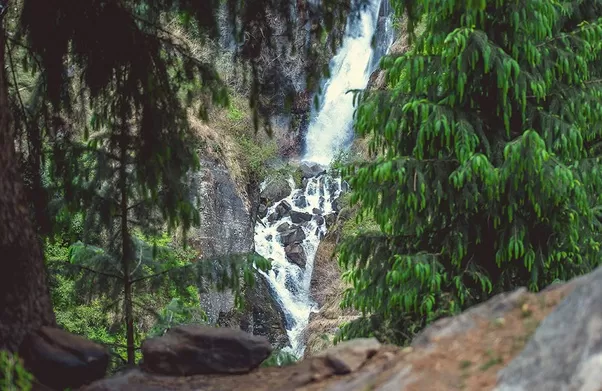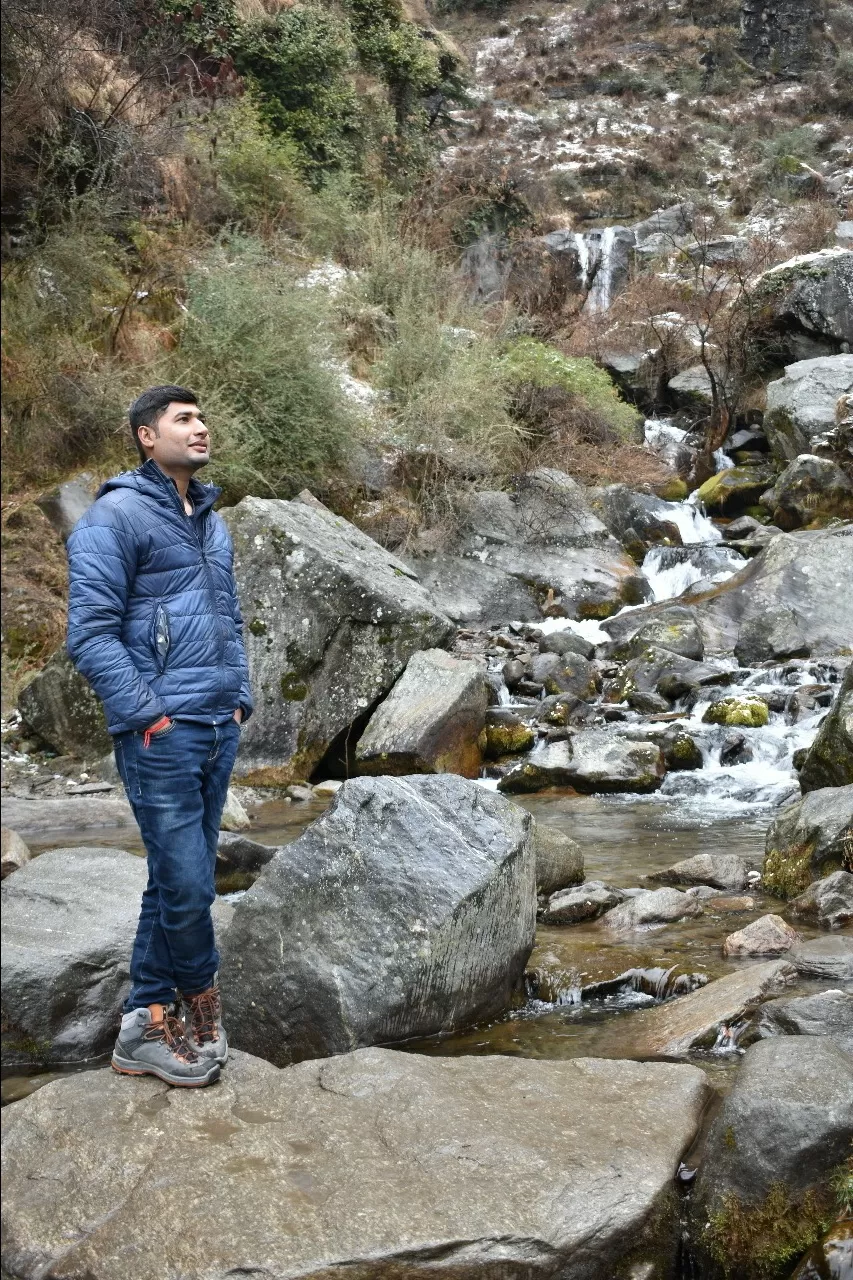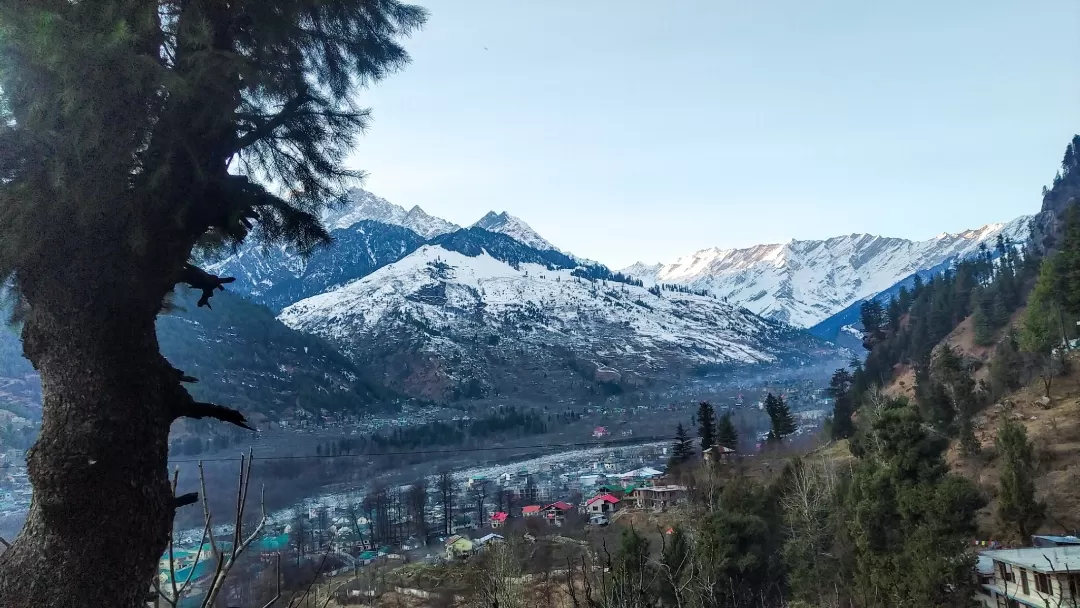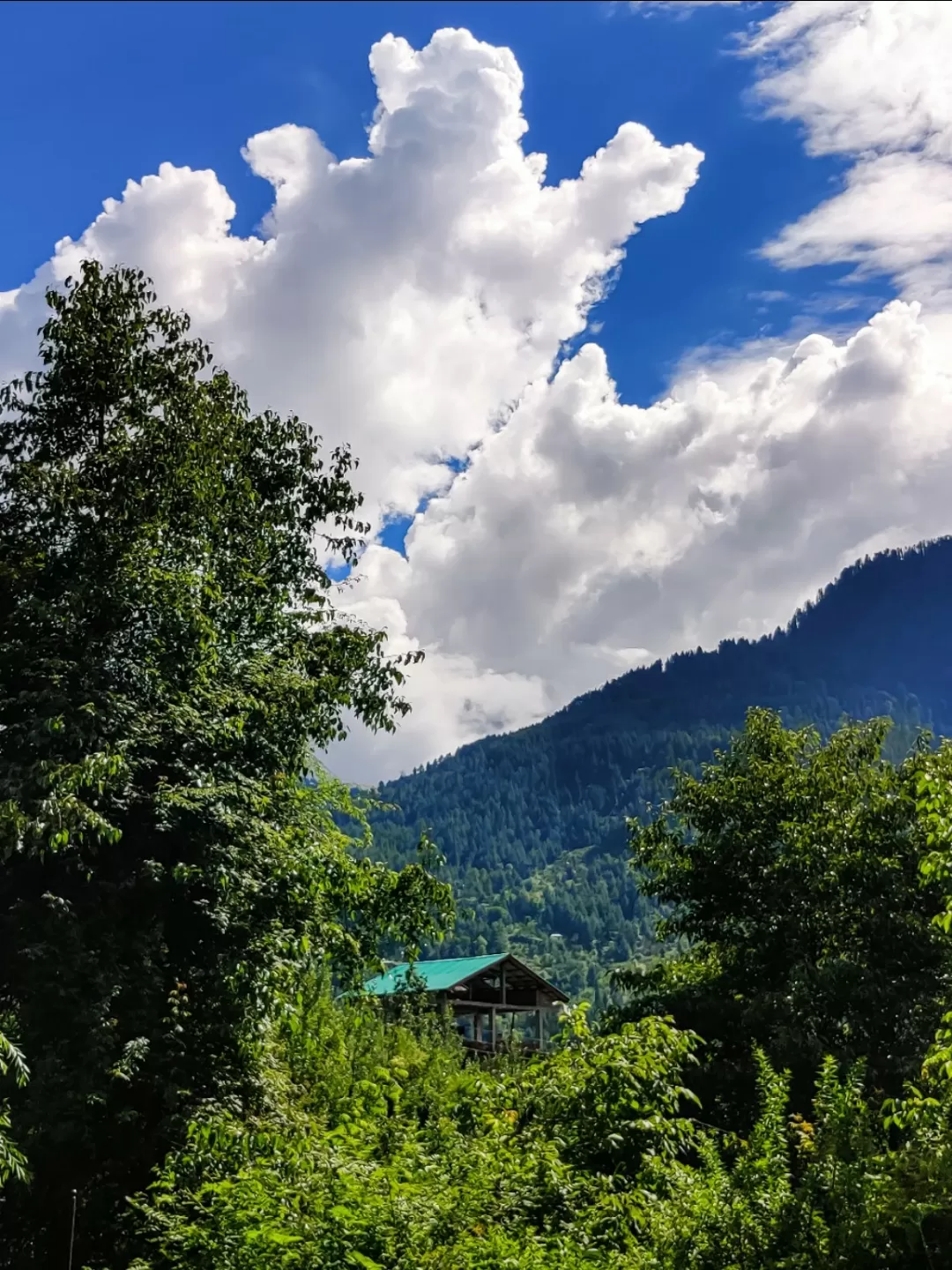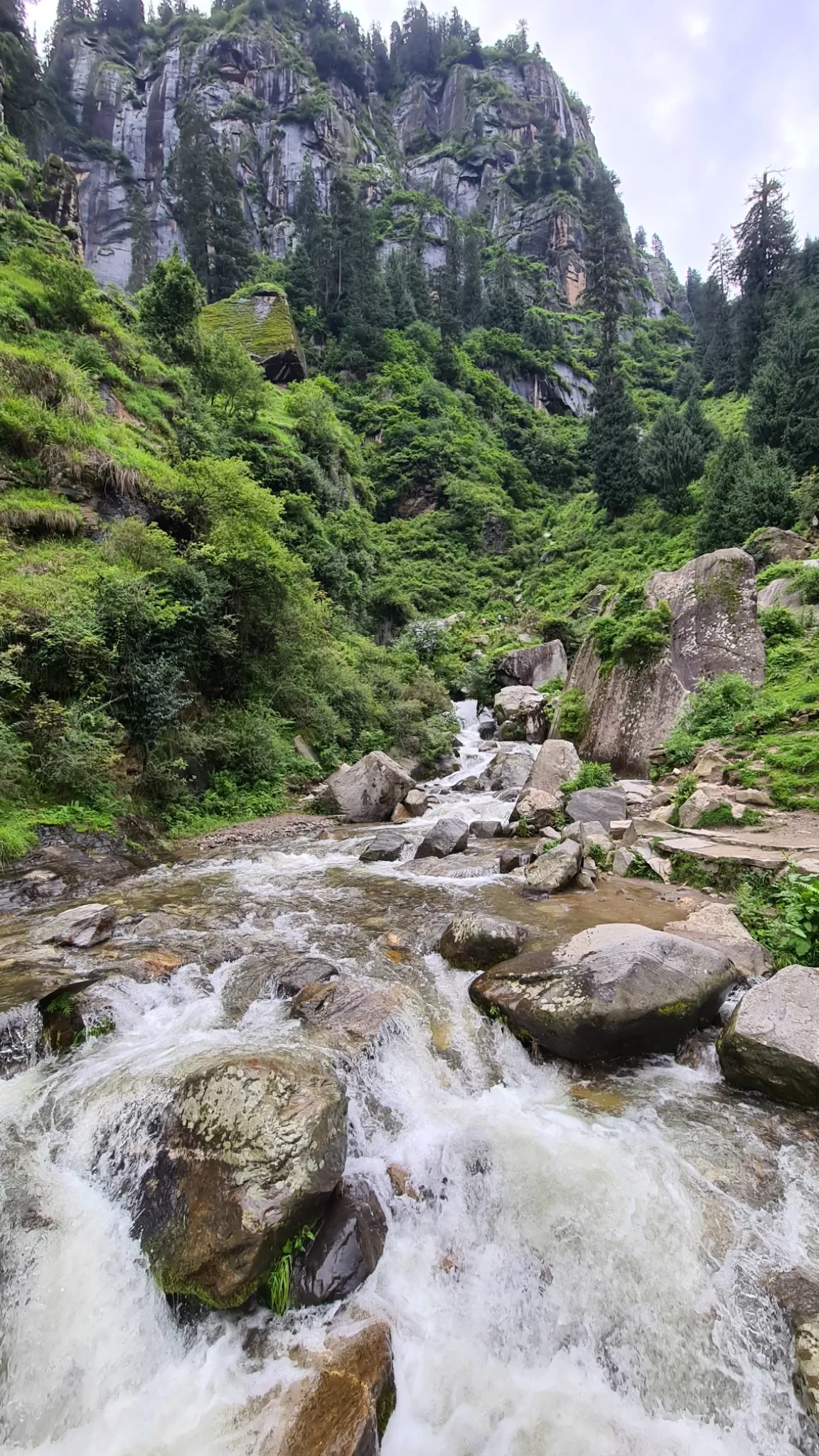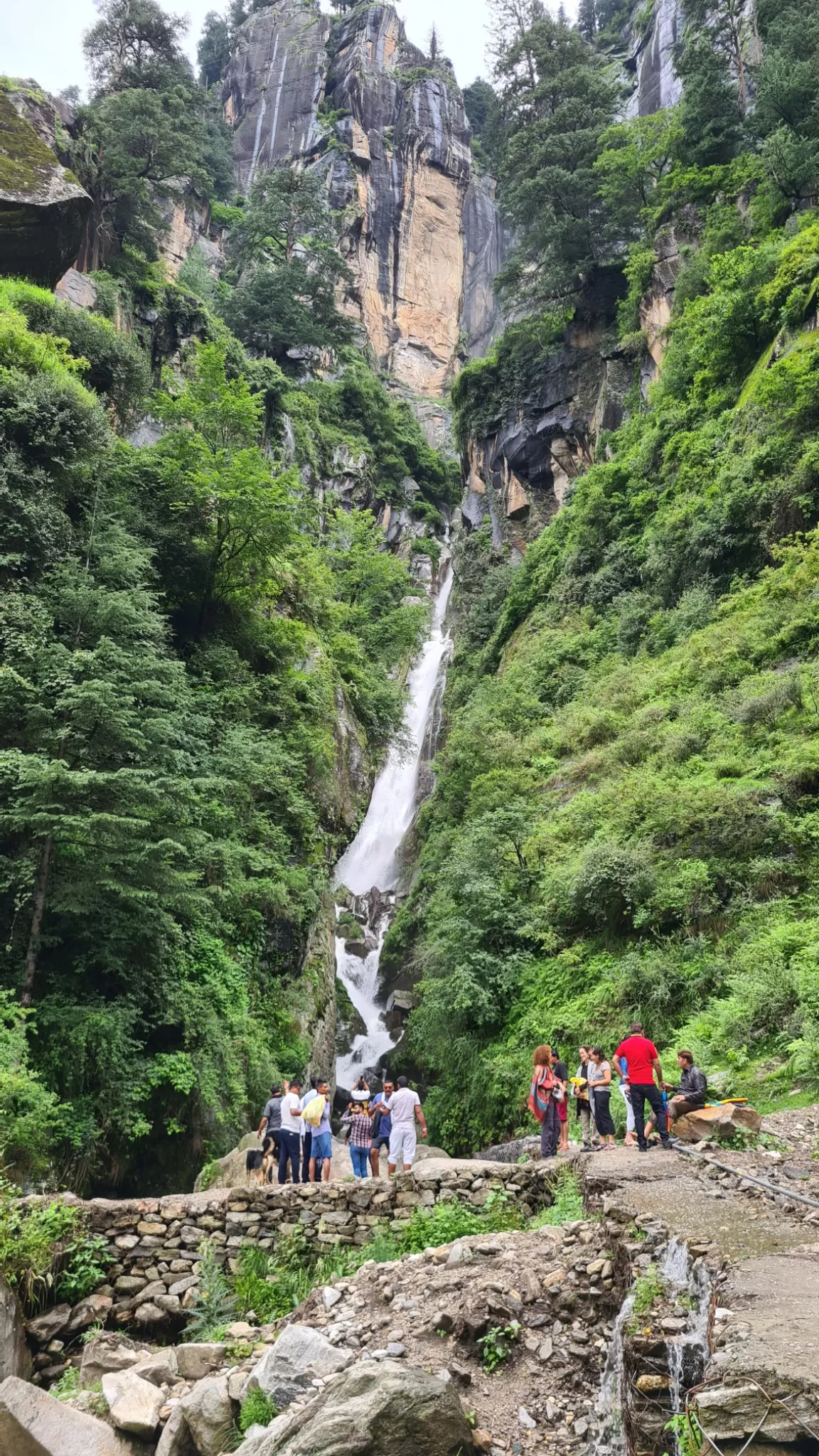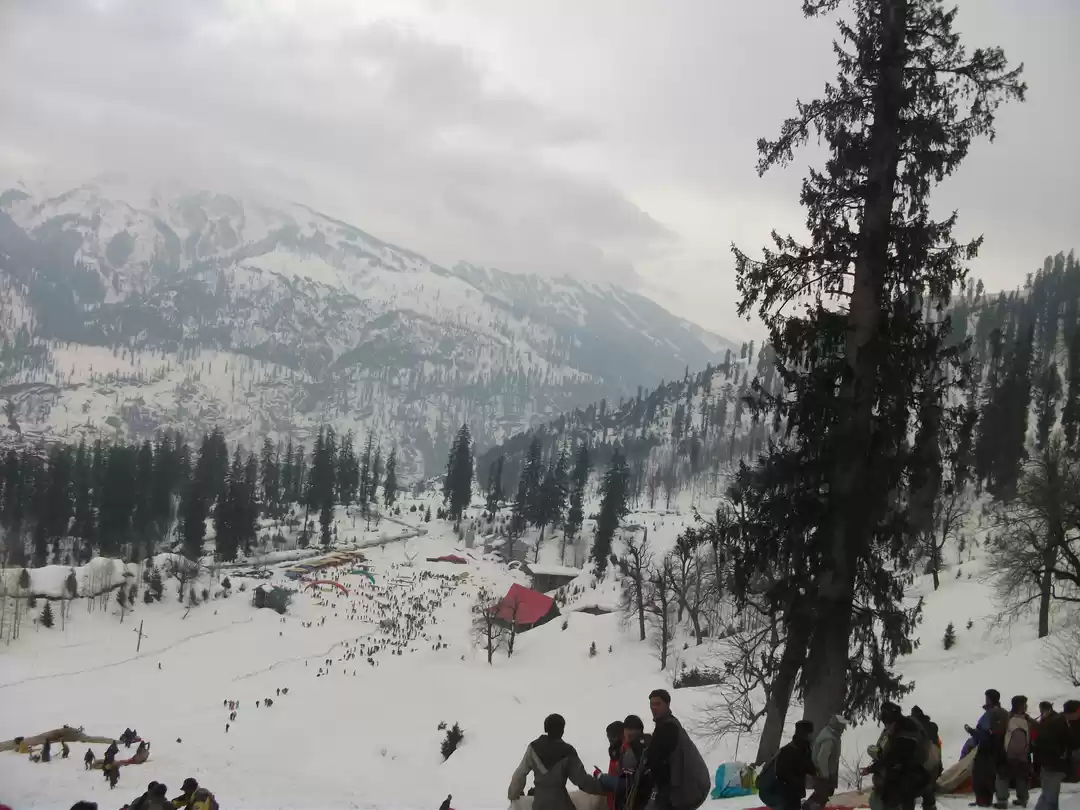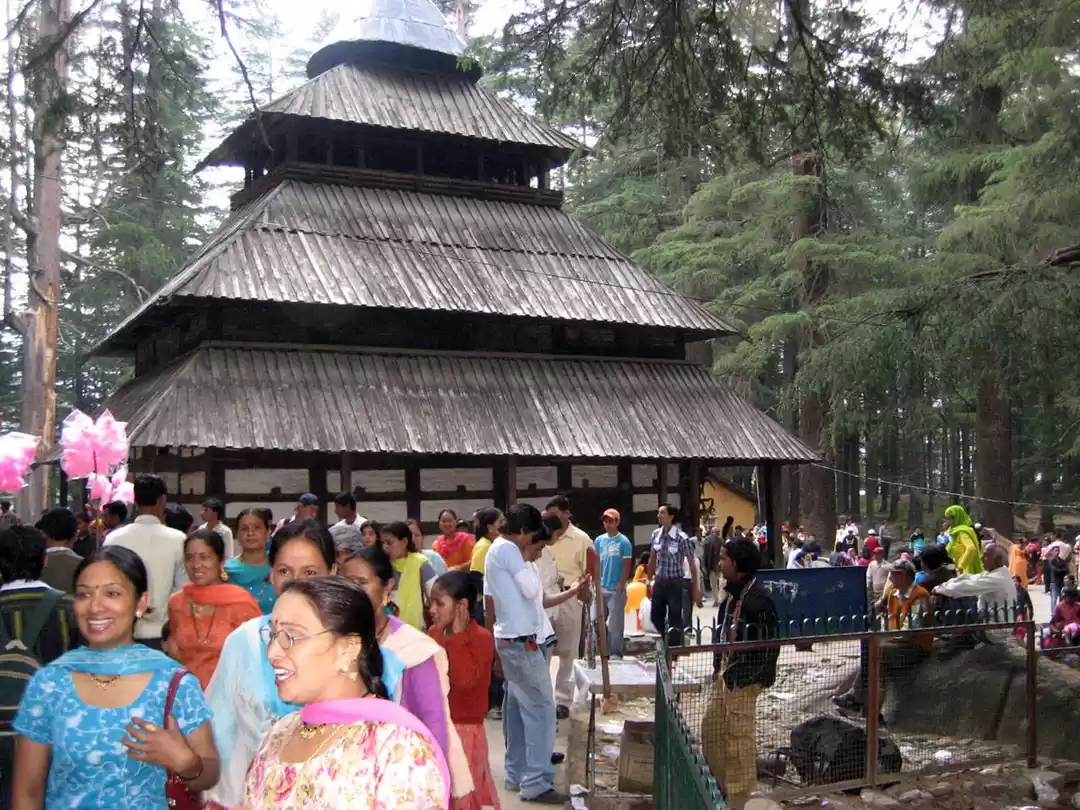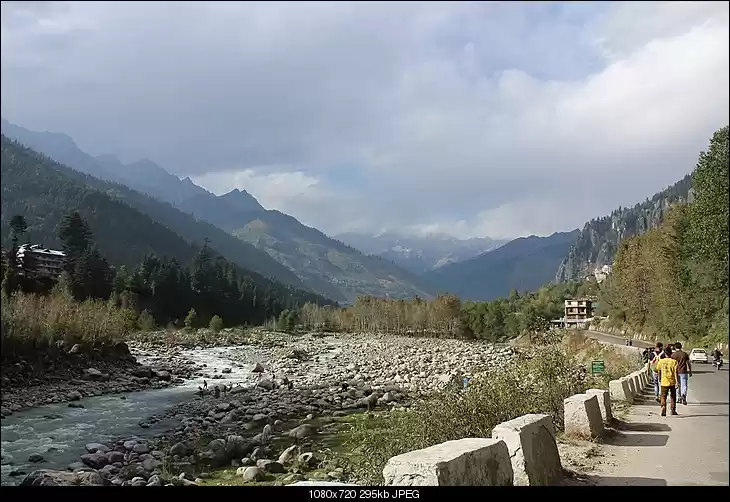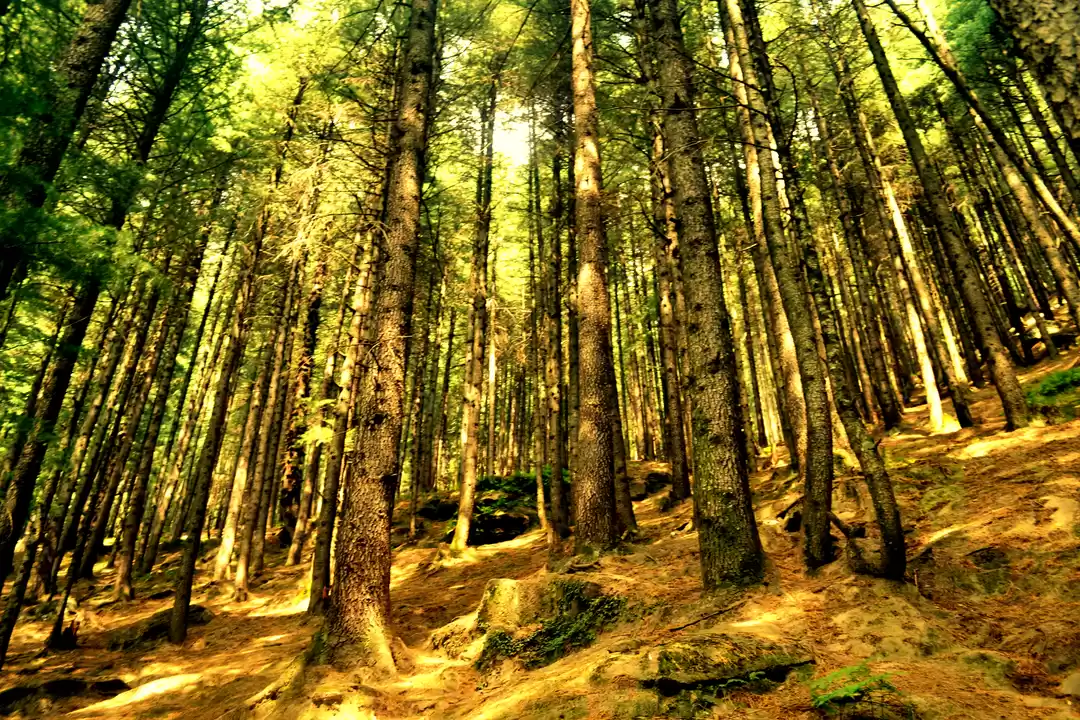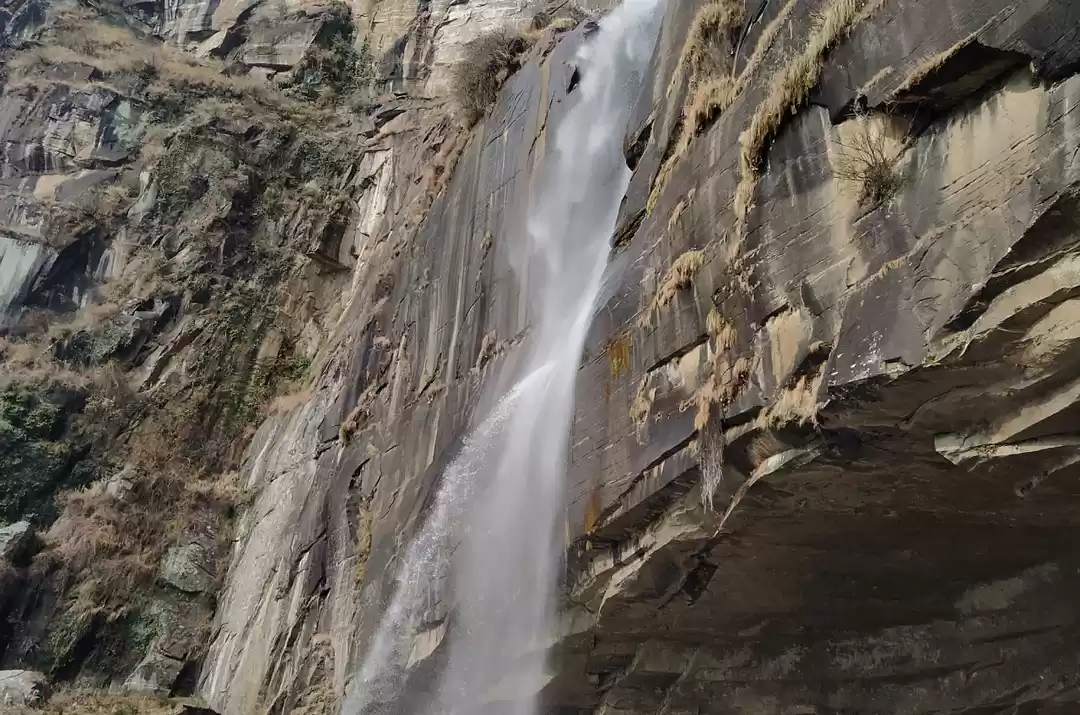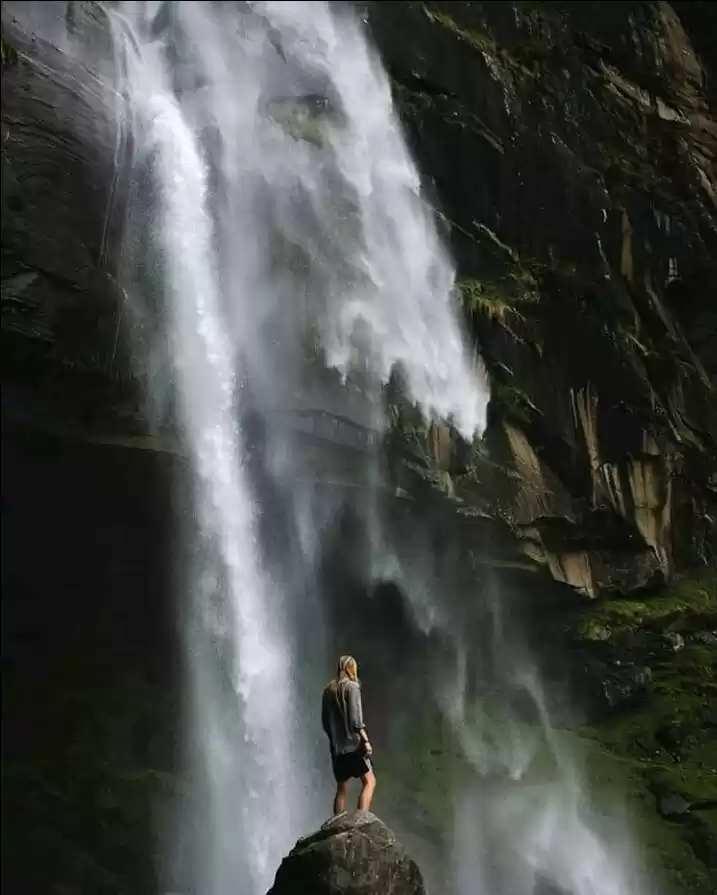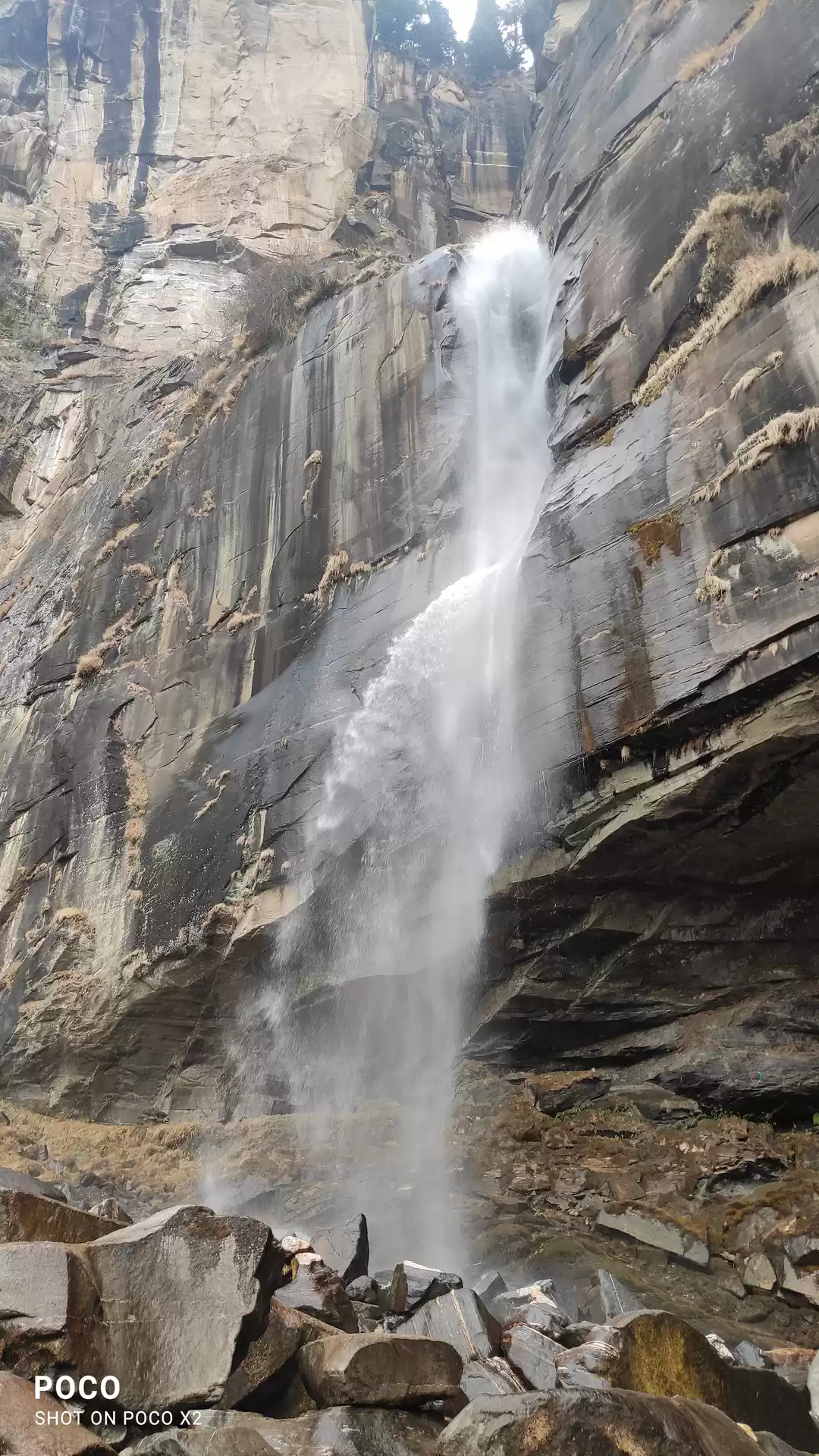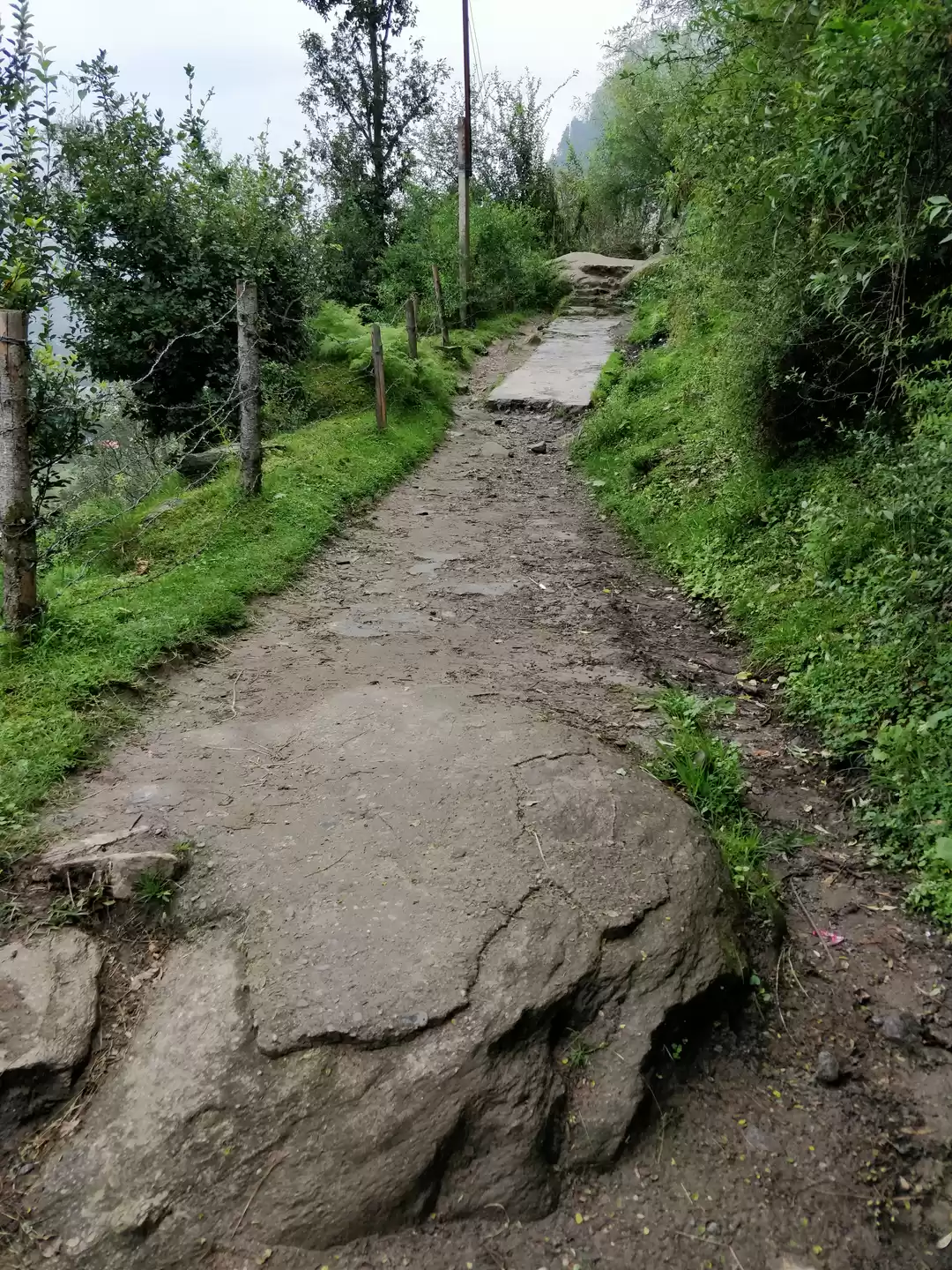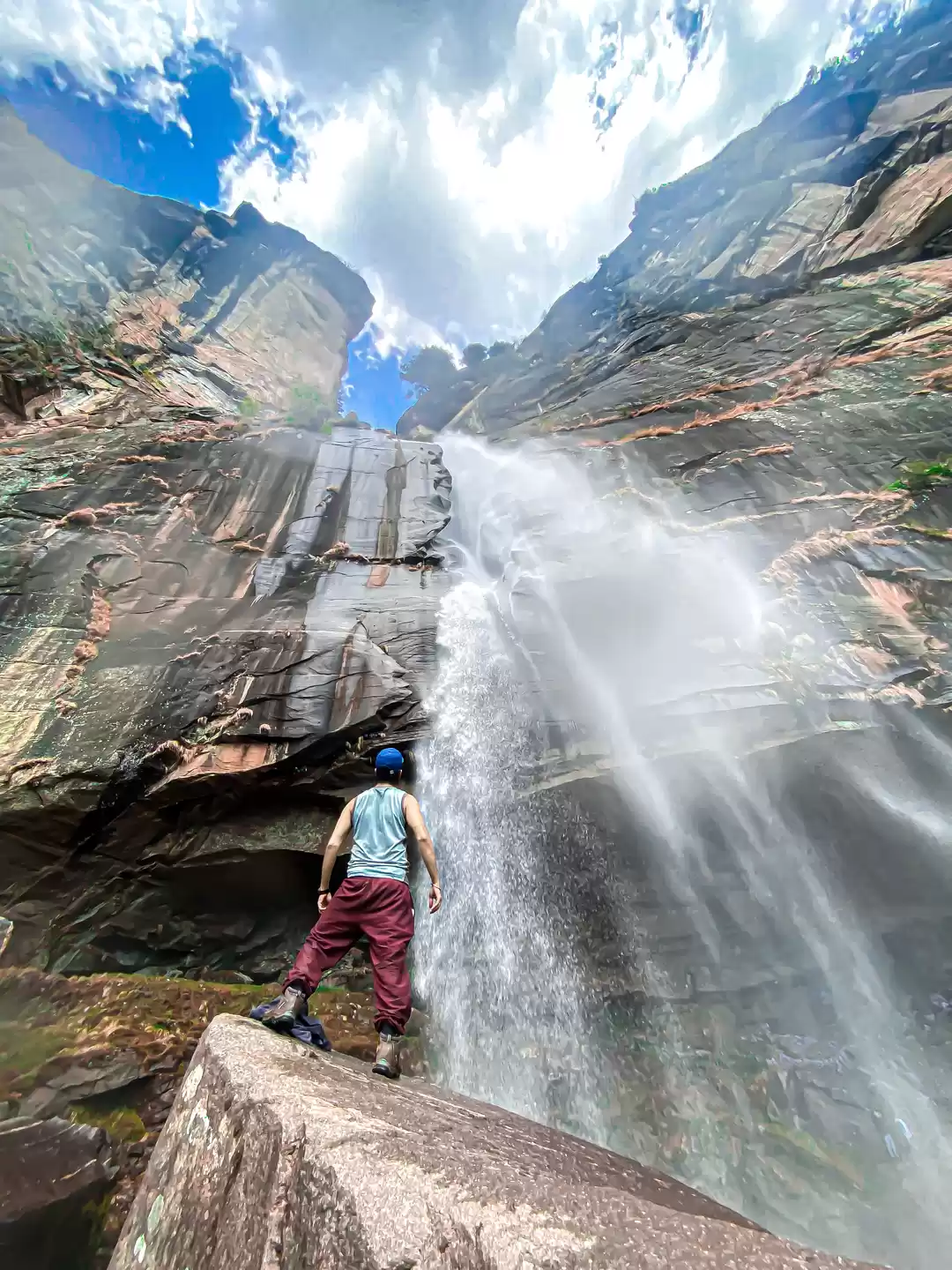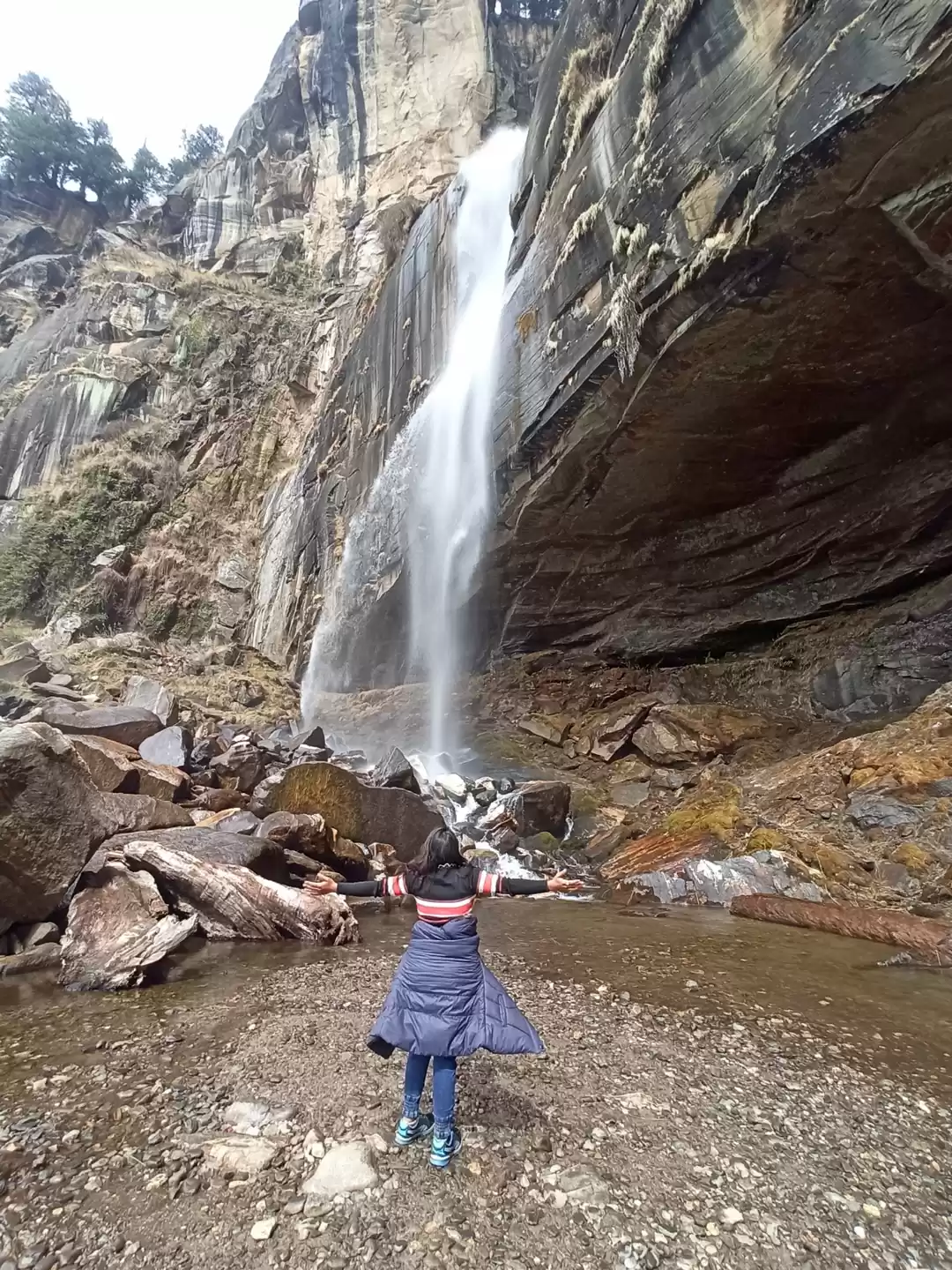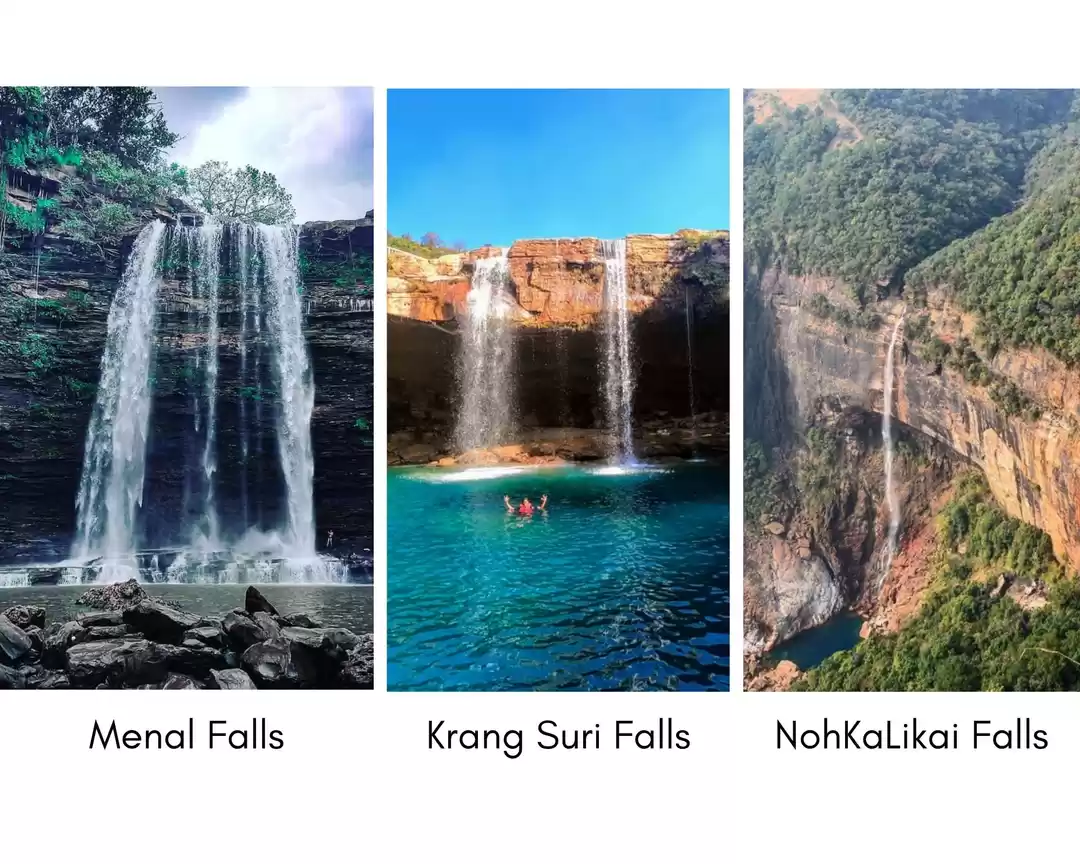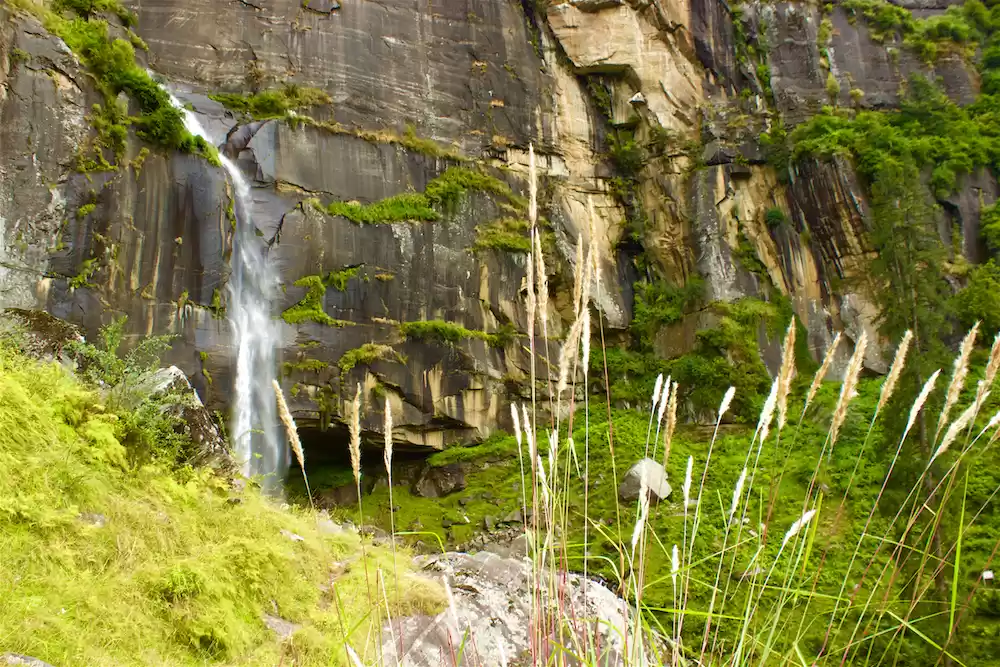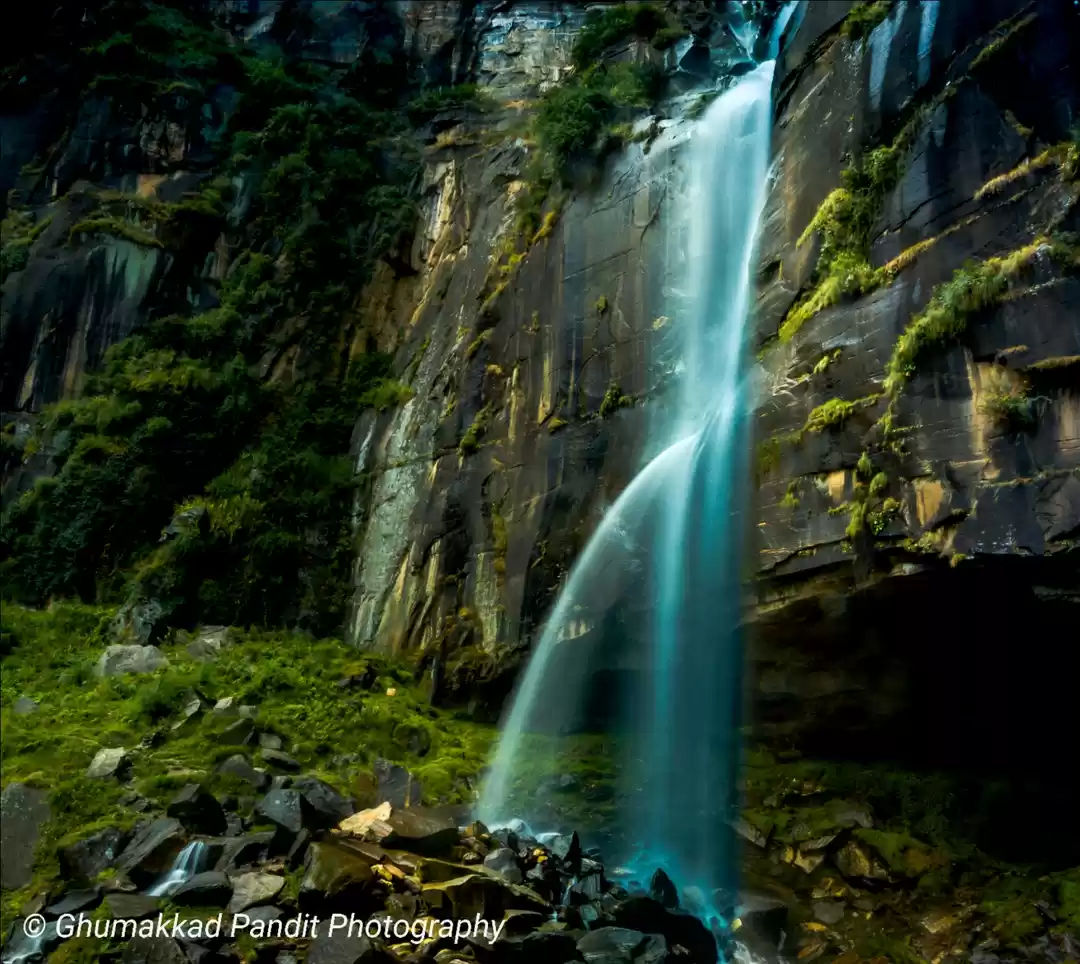Are you looking for a refreshing and adventurous escape from the hustle and bustle of city life? Do you want to experience the beauty and tranquility of nature in one of the most scenic destinations in India? If yes, then you should definitely visit Jogini Waterfall, a stunning cascade of water that flows from the Rohtang peaks to the Beas river in Manali, Himachal Pradesh.
Jogini Waterfall is one of the most popular tourist attractions in Manali and a must-visit for nature lovers, trekkers, photographers, and spiritual seekers. It offers a variety of features and attractions that will make your visit memorable and rewarding. In this article, we will provide you with a complete guide to Jogini Waterfall and its surroundings. So, let’s get started!
Jogini Waterfall Highlights
Jogini Waterfall is not just a waterfall, but a whole package of adventure, exploration, relaxation, and spirituality. It has something for everyone and every mood. Here are some of the highlights of Jogini Waterfall that you should not miss:
Trek
One of the main attractions of Jogini Waterfall is the trek that leads to it. The trek starts from Vashisht Temple complex, which is about 3 km from Manali town. The trek is easy to moderate in difficulty and takes about an hour to reach the waterfall. Along the way, you will pass through lush green pine forests, apple orchards, villages, streams, and bridges. You will also get to see some amazing views of Rohtang peaks, Beas river, and Manali valley.
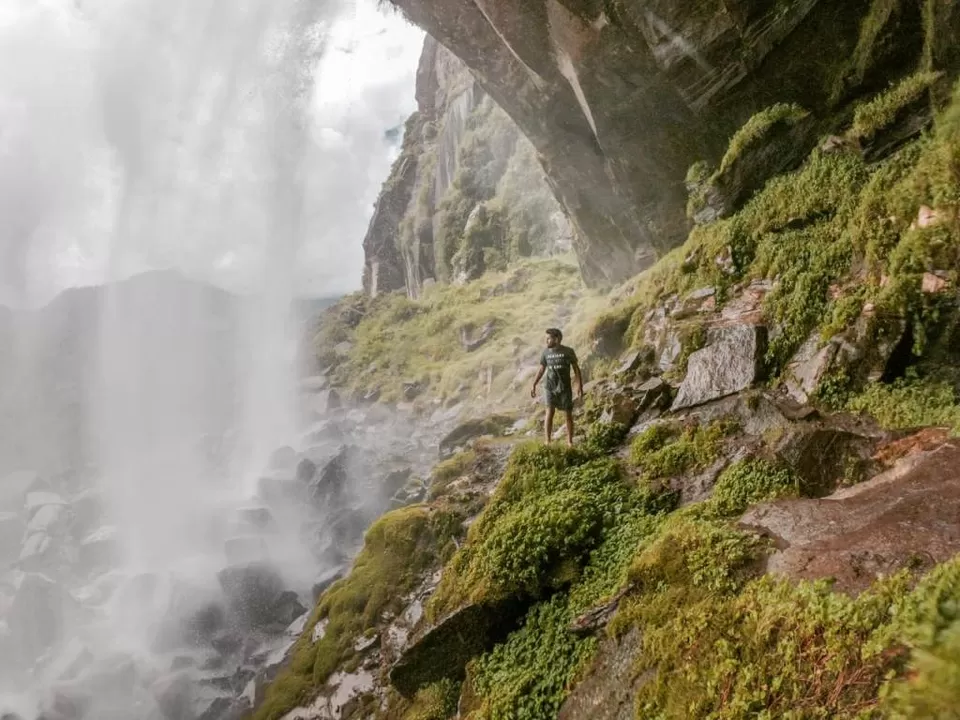
The trek is suitable for beginners as well as experienced trekkers. The best time to do the trek is from April to October when the weather is pleasant and the trail is clear. You should carry water and snacks with you as there are no shops or cafes on the way. You should also wear comfortable shoes and clothes that can protect you from sunburns, insects, and thorns. You should avoid trekking alone or at night as there are no lights or signboards on the trail. You should also respect the local culture and environment by not littering or making noise.
Temple
Another highlight of Jogini Waterfall is the Yogini Mata Temple that is located near the waterfall. The temple is dedicated to Jogini Mata, who is believed to be a manifestation of Goddess Durga. The temple is a sacred place for the locals who come here to worship and offer prayers. The temple also has a natural spring that is considered holy and has healing properties.
The temple is open from 6 am to 6 pm every day. You can reach the temple by following a short trail from the waterfall. You can also take a dip in the spring or drink its water as a blessing from Jogini Mata. You should dress modestly and remove your shoes before entering the temple. You should also refrain from taking photos or videos inside the temple as it is considered disrespectful.
Swim
One of the most refreshing and exhilarating experiences at Jogini Waterfall is swimming in the natural pool at its base. The pool is formed by the water that falls from a height of about 150 feet. The water is crystal clear, cold, and refreshing. It is a great way to cool off after a long trek or a hot day.
The best time to swim in the pool is from May to September when the water level is high and safe. You should wear swimwear or clothes that can dry quickly as there are no changing rooms or lockers available. You should also be careful of slippery rocks and strong currents while swimming. You should avoid swimming during monsoon or winter when the water level is low or frozen.
Views
Last but not least, Jogini Waterfall offers some spectacular views of nature that will leave you spellbound. From the waterfall, you can see the majestic Rohtang peaks that are covered with snow all year round. You can also see the sparkling Beas river that flows through Manali valley. From the trek route, you can see the lush green pine forests that surround the waterfall. You can also see the colorful apple orchards that dot the landscape. From Vashisht Temple complex, you can see the panoramic view of Manali town and its landmarks.
The best time to enjoy the views is from sunrise to sunset when the light is perfect and the colors are vivid. You should carry a camera or a smartphone with you to capture the beauty of Jogini Waterfall and its surroundings. You should also use a tripod or a selfie stick to avoid shaky or blurry photos. You should also be respectful of the privacy of the locals and their properties while taking photos.
How to Reach Jogini Waterfall
Jogini Waterfall is easily accessible from different places such as Manali, Kullu, Delhi, Chandigarh, etc. Here are some of the ways you can reach Jogini Waterfall from these places:

From Manali
Jogini Waterfall is about 3 km from Manali town. You can reach Jogini Waterfall from Manali by road or by foot.
By road: You can take a taxi, an auto-rickshaw, or a bus from Manali town to Vashisht Temple complex, which is the starting point of the trek to Jogini Waterfall. The road journey takes about 15 minutes and costs around Rs. 100-200 per person.
By foot: You can also walk from Manali town to Vashisht Temple complex, which is a pleasant and scenic walk along the Beas river. The walk takes about 45 minutes and is free of cost.
From Kullu
Jogini Waterfall is about 50 km from Kullu town. You can reach Jogini Waterfall from Kullu by road or by air.
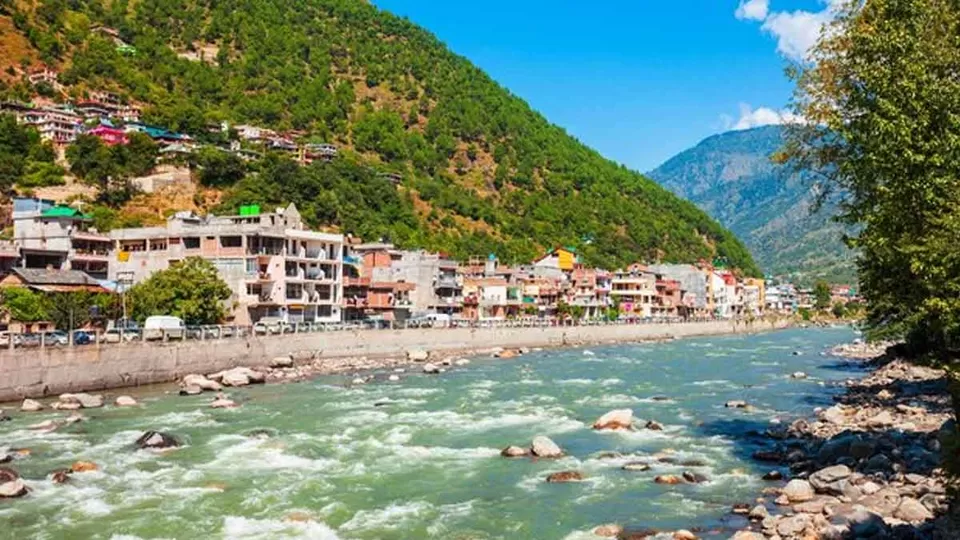
By road: You can take a taxi, a bus, or a bike from Kullu town to Manali town, which is the nearest major town to Jogini Waterfall. The road journey takes about 2 hours and costs around Rs. 500-1000 per person.
By air: You can also take a flight from Kullu airport to Bhuntar airport, which is about 10 km from Kullu town. From Bhuntar airport, you can take a taxi or a bus to Manali town, which is about 50 km away. The flight journey takes about 15 minutes and costs around Rs. 2000-3000 per person.
Also check out: A Small Paradise: Jogini Waterfalls
From Delhi
Jogini Waterfall is about 530 km from Delhi city. You can reach Jogini Waterfall from Delhi by road or by train or by air.
By road: You can take a car, a bus, or a bike from Delhi city to Manali town, which is the nearest major town to Jogini Waterfall. The road journey takes about 12 hours and costs around Rs. 1500-3000 per person.
By train: You can also take a train from Delhi railway station to Chandigarh railway station, which is about 250 km from Delhi city. From Chandigarh railway station, you can take a taxi or a bus to Manali town, which is about 300 km away. The train journey takes about 4 hours and costs around Rs. 500-1000 per person.
By air: You can also take a flight from Delhi airport to Bhuntar airport, which is about 10 km from Kullu town. From Bhuntar airport, you can take a taxi or a bus to Manali town, which is about 50 km away. The flight journey takes about an hour and costs around Rs. 5000-7000 per person.
From Chandigarh
Jogini Waterfall is about 300 km from Chandigarh city. You can reach Jogini Waterfall from Chandigarh by road or by train or by air.
By road: You can take a car, a bus, or a bike from Chandigarh city to Manali town, which is the nearest major town to Jogini Waterfall. The road journey takes about 8 hours and costs around Rs. 1000-2000 per person.
By train: You can also take a train from Chandigarh railway station to Kalka railway station, which is about 30 km from Chandigarh city. From Kalka railway station, you can take the toy train to Shimla railway station, which is about 90 km away. From Shimla railway station, you can take a taxi or a bus to Manali town, which is about 250 km away. The train journey takes about 6 hours and costs around Rs. 500-1000 per person.
By air: You can also take a flight from Chandigarh airport to Bhuntar airport, which is about 10 km from Kullu town. From Bhuntar airport, you can take a taxi or a bus to Manali town, which is about 50 km away. The flight journey takes about an hour and costs around Rs. 5000-7000 per person.
Best Time to Visit Jogini Waterfall
Jogini Waterfall is open all year round, but the best time to visit Jogini Waterfall depends on your preference and purpose. Jogini Waterfall changes with different seasons and climatic conditions, offering different experiences and challenges. Here are some of the pros and cons of visiting Jogini Waterfall in different seasons:

Summer
Summer is a good time to visit Jogini Waterfall if you want to enjoy the pleasant weather and the refreshing swim. Summer lasts from April to June in Manali and the temperature ranges from 10°C to 25°C. The waterfall is in full flow and the pool is deep and clear. The trek is easy and the views are stunning.
However, summer is also the peak season for tourism in Manali and Jogini Waterfall can get crowded and noisy. You may have to wait in long queues or share the pool with many people. You may also have to pay higher prices for transportation, accommodation, and food.
Monsoon
Monsoon is a risky time to visit Jogini Waterfall if you want to avoid the rainfall and the landslide. Monsoon lasts from July to September in Manali and the rainfall is heavy and frequent. The waterfall becomes more powerful and the pool becomes more turbulent. The trek becomes slippery and dangerous and the views become foggy and cloudy.
However, monsoon is also a low season for tourism in Manali and Jogini Waterfall can be less crowded and more peaceful. You may have more privacy and space to enjoy the waterfall and its surroundings. You may also get lower prices for transportation, accommodation, and food.
You may also like to check out: Jogini Waterfall, Manali : An Enthralling Experience Of Our First Trek Together
Winter
Winter is a challenging time to visit Jogini Waterfall if you want to experience the snowfall and the cold. Winter lasts from October to March in Manali and the temperature ranges from -5°C to 10°C. The waterfall freezes partially or completely and the pool becomes shallow or dry. The trek becomes difficult and the views become snowy and icy.
However, winter is also a beautiful time to visit Jogini Waterfall if you want to see a different side of it. The frozen waterfall looks like a crystal sculpture and the snow-covered landscape looks like a fairy tale. You may also get to see some rare wildlife such as snow leopards, musk deer, or Himalayan tahr.
Tips for Visiting Jogini Waterfall
Jogini Waterfall is a wonderful place to visit, but it also requires some preparation and caution. Here are some tips and precautions for visiting Jogini Waterfall safely and responsibly:
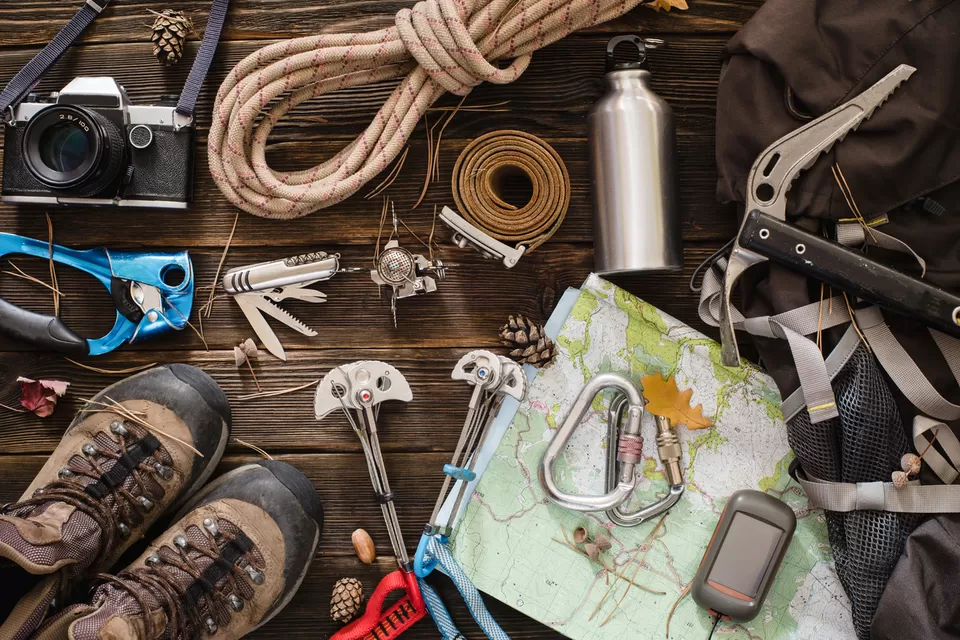
Carry water and snacks:
Jogini Waterfall is a remote place and there are no shops or cafes nearby. You should carry enough water and snacks with you to stay hydrated and energized during the trek and swim. You should also carry a reusable water bottle and a biodegradable bag to avoid plastic waste.
Wear comfortable shoes and clothes:
Jogini Waterfall is a natural place and there are no facilities or amenities available. You should wear comfortable shoes that can grip well on wet or rocky surfaces. You should also wear clothes that can protect you from sunburns, insects, and thorns. You should also carry a hat, sunglasses, sunscreen, insect repellent, etc.
Respect local culture and environment:
Jogini Waterfall is a sacred place for the locals who live nearby. You should respect their customs, beliefs, and traditions by not littering, making noise, or taking photos inside the temple. You should also respect their privacy and property by not trespassing or disturbing them. You should also protect the natural beauty and cleanliness of Jogini Waterfall by not throwing garbage, plucking flowers, or harming animals.
Avoid trekking alone or at night:
Jogini Waterfall is a secluded place and there are no lights or signboards on the trail. You should trek with a guide or a group who knows the way well. You should also trek during daylight hours when you can see clearly and avoid any risks or dangers.
Jogini Waterfall is a must-visit destination for anyone who loves nature, adventure, spirituality, or photography. It offers a variety of features and attractions that will make your visit memorable and rewarding. Whether you want to trek, swim, pray, or view, Jogini Waterfall has something for you.
We hope this article has given you all the information you need to plan your visit to Jogini Waterfall. If you have any feedback, questions, or experiences about Jogini Waterfall, please feel free to share them with us in the comments section below or contact us at Tripoto.com. We would love to hear from you!
Happy traveling!

